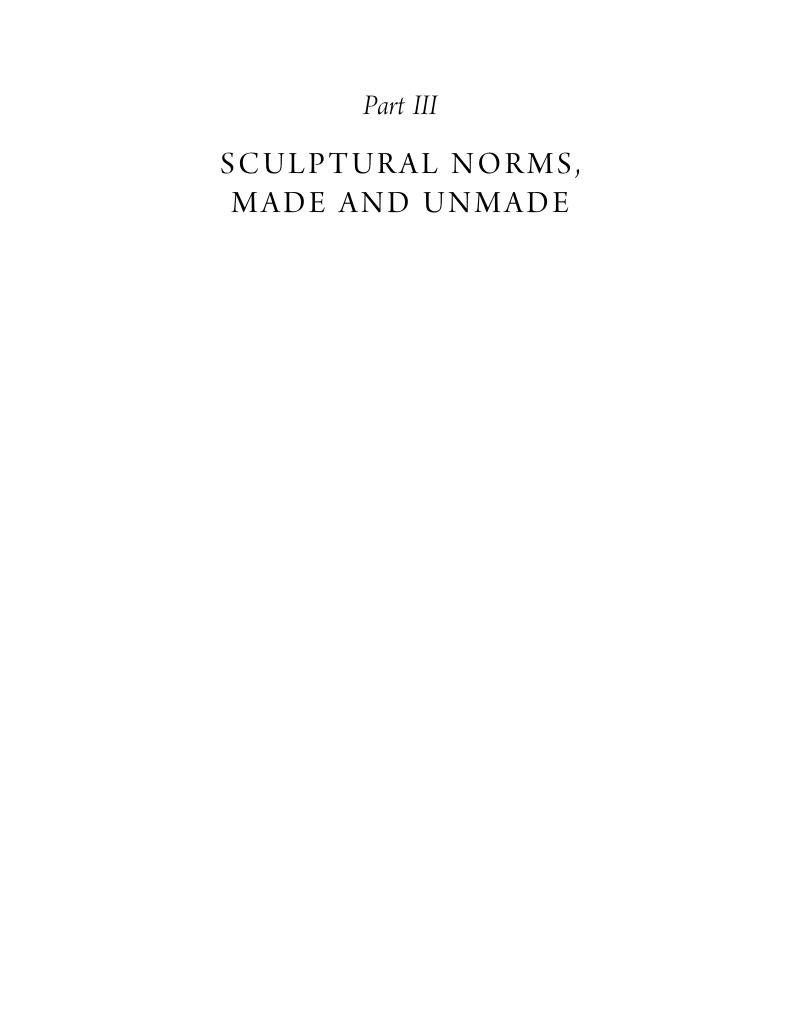Book contents
- The Art of Sculpture in Fifteenth-Century Italy
- The Art of Sculpture in Fifteenth-Century Italy
- Copyright page
- Contents
- Acknowledgments
- Contributors
- Introduction Making and Unmaking Sculpture in Fifteenth-Century Italy
- Part I Surface Effects: Color, Luster, and Animation
- Part II Sculptural Bodies: Created, Destroyed, and Re-Enchanted
- Part III Sculptural Norms, Made and Unmade
- Part IV Sculpture as Performance
- Part V Sculpture in the Expanded Field
- Part VI Sculpture and History
- Index
- References
Part III - Sculptural Norms, Made and Unmade
Published online by Cambridge University Press: 18 February 2020
- The Art of Sculpture in Fifteenth-Century Italy
- The Art of Sculpture in Fifteenth-Century Italy
- Copyright page
- Contents
- Acknowledgments
- Contributors
- Introduction Making and Unmaking Sculpture in Fifteenth-Century Italy
- Part I Surface Effects: Color, Luster, and Animation
- Part II Sculptural Bodies: Created, Destroyed, and Re-Enchanted
- Part III Sculptural Norms, Made and Unmade
- Part IV Sculpture as Performance
- Part V Sculpture in the Expanded Field
- Part VI Sculpture and History
- Index
- References
Summary

- Type
- Chapter
- Information
- The Art of Sculpture in Fifteenth-Century Italy , pp. 153 - 218Publisher: Cambridge University PressPrint publication year: 2020



